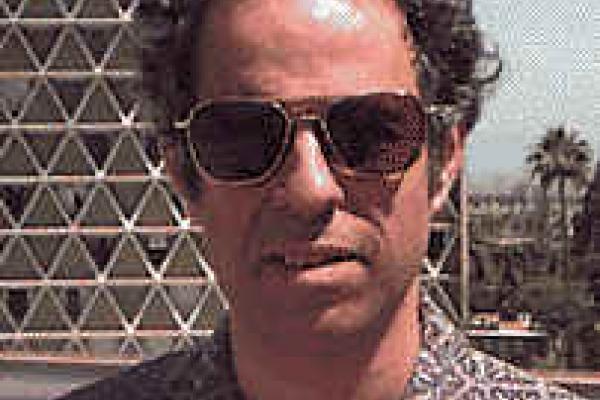
Cells are making measurements of their environment all the time. Chemical cues re-orient cells towards food or sites of infection. Physical cues report on local hydrostatic pressure or cellular crowding. Understanding how cells make these measurements requires the construction of synthetic environments where we can challenge cells with quantitative changes and simultaneously measure their internal signaling. Through the use of microfluidic devices we have been able to identify novel cues of cells as they measure. In this talk I will highlight our work on cellular responses to hydraulic resistance and the role of structural memory in cell orientation.
